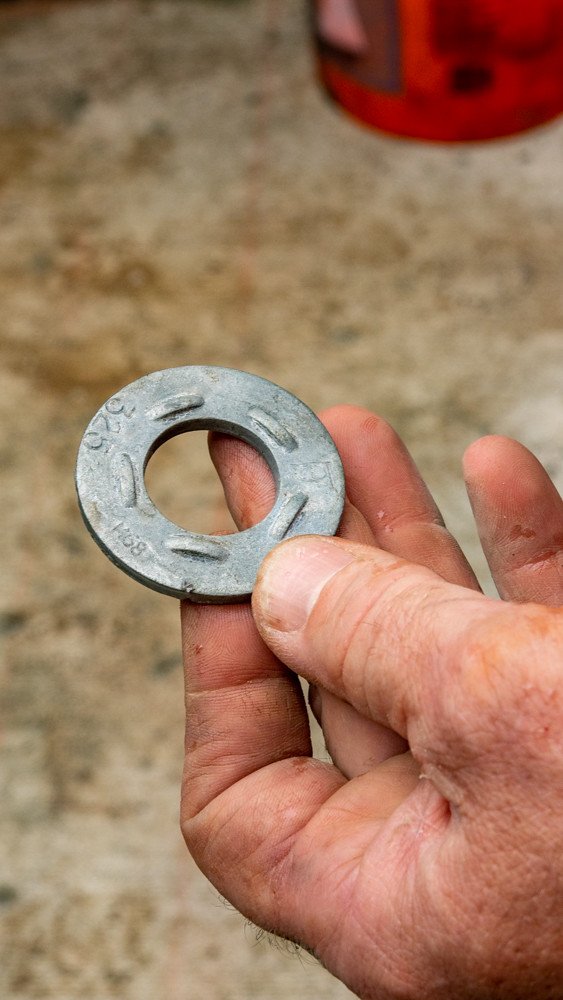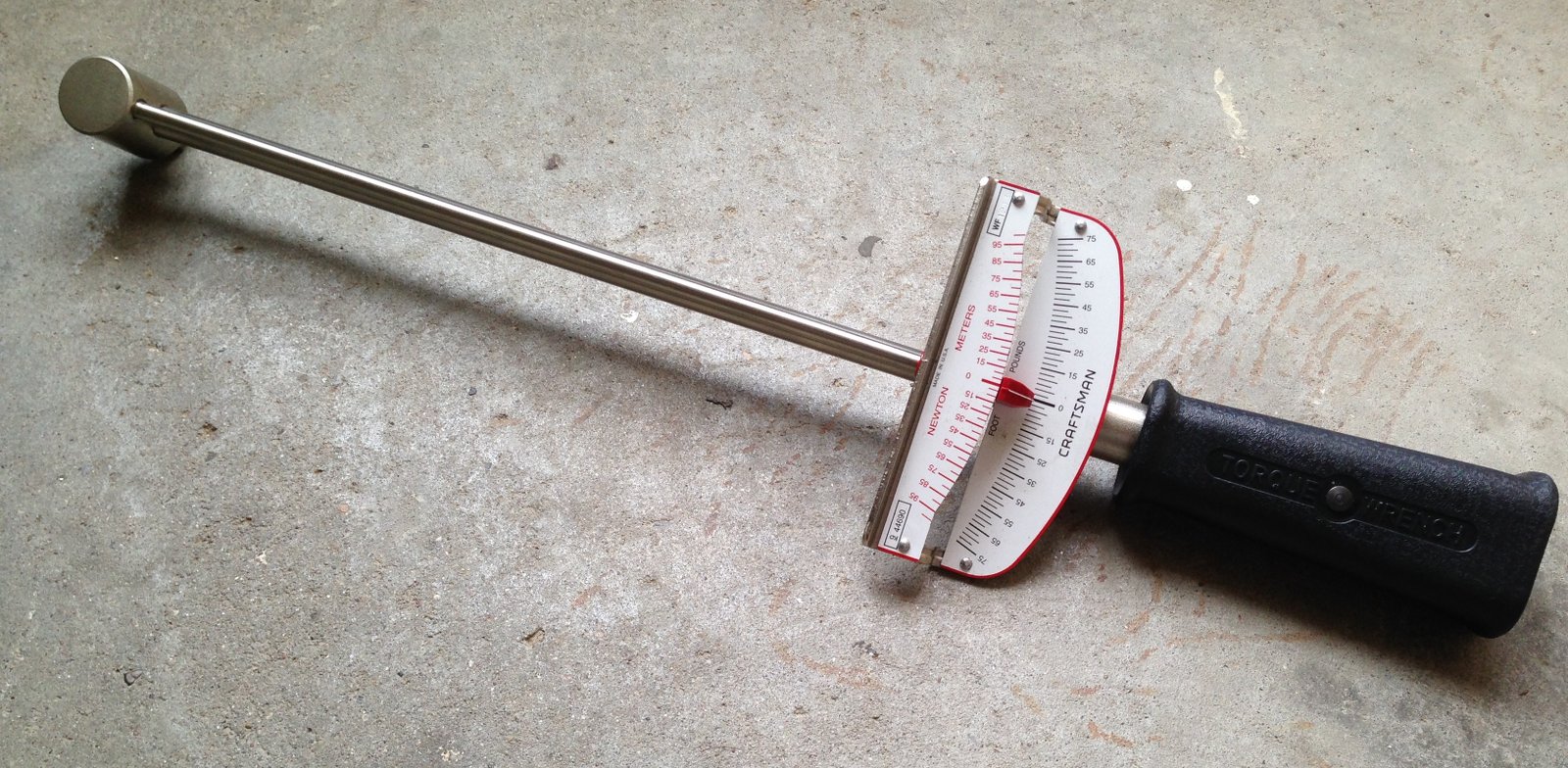Whether you find yourself locked out of your own home or about to embark on an intense afternoon of lock-picking practice, having the right tools at your disposal can make all the difference. While commercially manufactured tension wrenches are readily available, sometimes we need a touch of creativity to conquer life’s little challenges. Luckily, with a bit of resourcefulness and a keen eye for repurposing, you can easily fashion your very own tension wrench from everyday household items. Forget about rushing to the hardware store – in this article, we’ll guide you through a journey of ingenuity, revealing simple yet effective methods to create this essential tool with items you probably already have lying around your home. Get ready to unravel the secrets of DIY locksmithing with our step-by-step guide to crafting a tension wrench that will help you unlock the mysteries within any lock.
Table of Contents
- Using Everyday Items to Create a DIY Tension Wrench
- Exploring the Best Household Materials for Crafting a Tension Wrench
- Step-by-Step Guide to Assembling Your Homemade Tension Wrench
- Tips and Tricks for Perfecting Your Tension Wrench Technique
- Ensuring Success: Precautions and Considerations for Using a Homegrown Tension Wrench
- Q&A
- Wrapping Up

Using Everyday Items to Create a DIY Tension Wrench
Are you in need of a tension wrench for your lock-picking adventures? Look no further! You might be surprised to find out that you can create your very own DIY tension wrench using everyday items found around your house.
Here’s a list of items you can use:
- A sturdy paperclip
- A bobby pin or hairpin
- A small allen wrench
- A thin piece of metal, like a windshield wiper blade
Once you have selected your chosen item, it’s time to turn it into a functional tension wrench. Here’s how:
- Bend it: Using pliers, carefully bend the item into an “L” shape, leaving one end straight and the other end bent at a 90-degree angle.
- Smooth it out: File down any rough edges or sharp points on your newly shaped tension wrench. You want it to be as polished and smooth as possible.
- Size it up: Check if your DIY tension wrench fits snugly into the keyway of the lock. Adjust the shape and size if necessary.
Remember, using a DIY tension wrench requires skill and practice. It’s essential to respect laws and only pick locks on devices that you own or have explicit permission to practice on. Stay curious, stay creative, and have fun honing your lock-picking abilities!

Exploring the Best Household Materials for Crafting a Tension Wrench
When it comes to tinkering with locks or honing your locksmithing skills, a tension wrench is an indispensable tool. While you can certainly purchase a tension wrench from a supplies store, why not explore your creative side and craft one using household materials? Not only will this save you some money, but it will also give you a sense of accomplishment.
Here are a few household items that can be repurposed to make an effective tension wrench:
- Paperclips: One of the most readily available items, paperclips can easily be shaped into a tension wrench. Bend it at the midpoint to create an L-shape, and you’re good to go!
- Bobby Pins: If you’ve got a stash of bobby pins lying around, you’re in luck. These thin and sturdy pins can be transformed into a functional tension wrench with a simple twist or two.
- Wiper Inserts: Those rubber inserts in your wiper blades? They can be of use too! Cut off a small section, trim it to the desired shape, and you’ll have a tension wrench with an added grip.
Keep in mind that while these household materials may work well for DIY projects, it’s essential to exercise caution and focus on safety. Always use appropriate tools and take necessary precautions to minimize any potential risks.
So, before you rush to the store, take a peek into your household items and unleash your creativity to create a custom-made tension wrench. Happy crafting!

Step-by-Step Guide to Assembling Your Homemade Tension Wrench
Creating your own tension wrench can be a rewarding experience, providing you with a unique tool customized to fit your needs. Follow these simple steps to assemble your very own tension wrench:
- Choose your material: Start by selecting a suitable material for your tension wrench. Common options include sturdy metals like stainless steel or brass, which offer durability and strength.
- Measure and cut: Using a ruler or tape measure, determine the desired length for your tension wrench. Make a mark on the material at the desired length and carefully cut it using a hacksaw or metal cutting tool.
- Shape the tip: With a file, shape one end of your cut material into a small flat tip. This tip will fit into the lock’s keyway and apply rotational force when tension is applied.
- Create grip: To ensure a secure hold, use a pair of pliers or a vice to bend the other end of your tension wrench into a handle. This will provide better control and prevent slippage during use.
- Smooth the edges: With a file or sandpaper, carefully smooth out any rough edges on your tension wrench, ensuring that it won’t damage the lock components or hinder its functionality.
Remember that creating a homemade tension wrench requires precision and attention to detail. Improperly assembled wrenches may not function effectively or even damage locks. It’s essential to exercise caution and comply with local laws when using your tension wrench.
Tips and Tricks for Perfecting Your Tension Wrench Technique
Unlocking the secrets of the tension wrench technique can elevate your locksmith skills to a whole new level. To help you master this essential skill, we have gathered some valuable tips and tricks that will enhance your proficiency in using a tension wrench effectively.
– Choose the right tension wrench: The key to successful lock manipulation lies in selecting the appropriate tension wrench. Experiment with different wrench sizes and shapes until you find the one that fits snugly without binding or slipping.
– Apply the perfect amount of pressure: Achieving the correct tension is critical to picking a lock successfully. Apply a gentle and consistent rotational force on the tension wrench in the direction that the key would turn.
– Feel the feedback: Pay close attention to the feedback the lock provides. Develop a keen sense of touch to detect slight changes in resistance or vibrations as you manipulate the lock.
- Practice makes perfect: Like any skill, mastering the tension wrench technique requires practice. Dedicate regular time to hone your abilities and experiment with different techniques to find what works best for you.
– Explore alternative techniques: Don’t limit yourself to a single technique. Research and experiment with various tension wrench methods, such as bottom tension, top tension, or rocking, to broaden your understanding and increase your chances of success.
Remember, patience and perseverance are key when perfecting your tension wrench technique. With these tips and tricks, you’ll be well on your way to becoming a lock-picking maestro!
Ensuring Success: Precautions and Considerations for Using a Homegrown Tension Wrench
When it comes to picking locks, having the right tools at your disposal is crucial. While many enthusiasts prefer commercially-produced tension wrenches, those with a knack for DIY often experiment with crafting their own homegrown versions. If you fall in the latter category and want to ensure a successful lock-picking experience, here are some important precautions and considerations to keep in mind.
- Choose the right materials: One of the most important aspects of creating a homegrown tension wrench is selecting the appropriate materials. Opt for sturdy, non-brittle metals like stainless steel or spring steel. This will ensure that your tool withstands the tension required to manipulate the lock pins without bending or breaking.
- Take accurate measurements: Precision is key when crafting your own tension wrench. Take precise measurements and adhere to the standard dimensions of commercially available tension wrenches. This will ensure compatibility with various lock types and increase your chances of success.
- Practice caution: Lock picking should be approached responsibly. Using a homegrown tension wrench requires an extra level of caution. Always wear protective eyewear or gloves to prevent any potential accidents or injuries while handling the tool. Safety should always be a priority.
Maintaining a well-crafted tension wrench is essential for successfully picking locks. By following these precautions and considerations, you can increase your chances of effective lock manipulation while ensuring your safety throughout the process.
Q&A
What are some household items that can be used to make a tension wrench?
You can use a paperclip, a bobby pin, or a small flathead screwdriver as a tension wrench. These items are easily available in most households and can be repurposed for lock picking.
What is the purpose of a tension wrench in lock picking?
A tension wrench is used to apply pressure to the lock’s core, allowing you to manipulate the lock pins with a pick. It creates tension that mimics the key’s action, enabling you to turn the lock and open it.
How can you make a tension wrench using a paperclip?
Start by straightening out the paperclip and then bend one end into a 90-degree angle to create a handle. The other end should be bent into an “L” shape, creating the tensioning tip. Voila, you have a homemade tension wrench ready for lock picking!
Can a bobby pin be turned into a tension wrench?
Absolutely! To create a tension wrench using a bobby pin, simply straighten it out completely. Then, bend one end into a handle shape, while the other end should be bent at a right angle to form the tensioning tip. Now you’re ready to pick some locks.
What household item can be used to make a makeshift tension wrench in a pinch?
If you don’t have access to paperclips or bobby pins, a small flathead screwdriver can come to your rescue. Grip it near the end, leaving enough length to act as a handle, and use the remaining section as the tensioning tip. Remember to exercise caution and only use this technique on your own locks.
Wrapping Up
As we conclude this intrigue-filled journey of turning everyday items into unconventional tools, we can’t help but marvel at the ingenuity and resourcefulness hidden within our own homes. Who would have thought that a simple bobby pin or paperclip could hold the power to unlock secrets and reveal hidden treasures?
By learning how to make your own tension wrench, you have not only acquired a handy skill, but you have also tapped into the mystique of the locksmith’s repertoire. The act of crafting a tension wrench from common household objects brings a sense of empowerment and opens up a world of possibilities for the curious and adventurous.
Remember, while this makeshift tension wrench may be a valuable tool in certain situations, it is crucial to exercise caution and, most importantly, respect the law. Lock picking should only be practiced responsibly, within the boundaries of the law, and with explicit consent.
So, let your imaginative spirit guide you as you embark on your next DIY adventure. Seize the opportunity to transform mundane objects into something extraordinary, and unlock the lessons they have to offer. Who knows, maybe you’ll uncover hidden talents along the way.
Now, armed with the newfound knowledge of crafting your very own tension wrench, go forth and let your creativity flourish in the realm of locksmithing. Just remember, it’s not just about opening locks; it’s about unlocking the potential within yourself and discovering the boundless limits of your imagination.
So, go ahead, experiment, and let the captivating world of homemade tools continue to captivate your mind and spark your curiosity. After all, who knows what wonders lie hidden within those ordinary objects that surround us every day?
As an affiliate, my content may feature links to products I personally use and recommend. By taking action, like subscribing or making a purchase, you’ll be supporting my work and fueling my taco cravings at the same time. Win-win, right?
Want to read more? Check out our Affiliate Disclosure page.